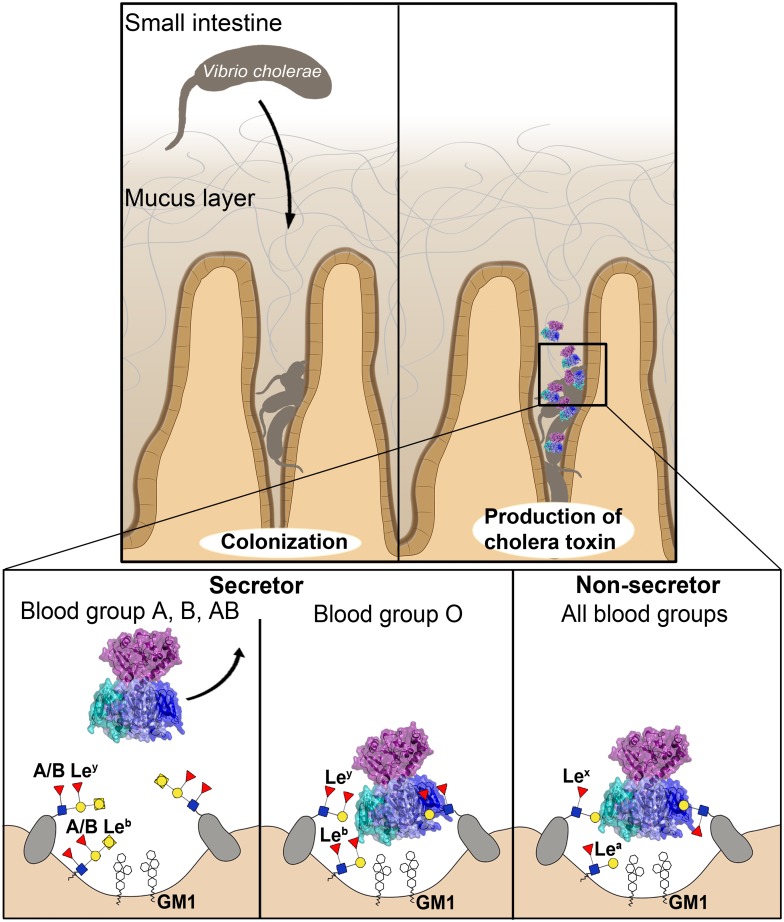Fig 4. Molecular model of cholera blood group dependence.
V. cholerae burrows through the mucus layer, aided by its flagellum and mucinases. After colonization, it produces the cholera toxin. CT’s interaction with the host cells depends on the person’s blood group and secretor status. In secretors, blood group antigens are expressed on mucins and intestinal epithelial cells. H-antigens (characteristic of blood group O) can bind the toxin in two orientations. They bind the toxin more strongly than A-antigens and therefore retain the toxin, increasing the risk of cellular uptake. CT has a lower affinity to A-antigens, and is therefore more easily ejected by the peristaltic movement of the intestine. This protects secretors with blood group A from severe disease, while blood group O individuals suffer more serious symptoms.

